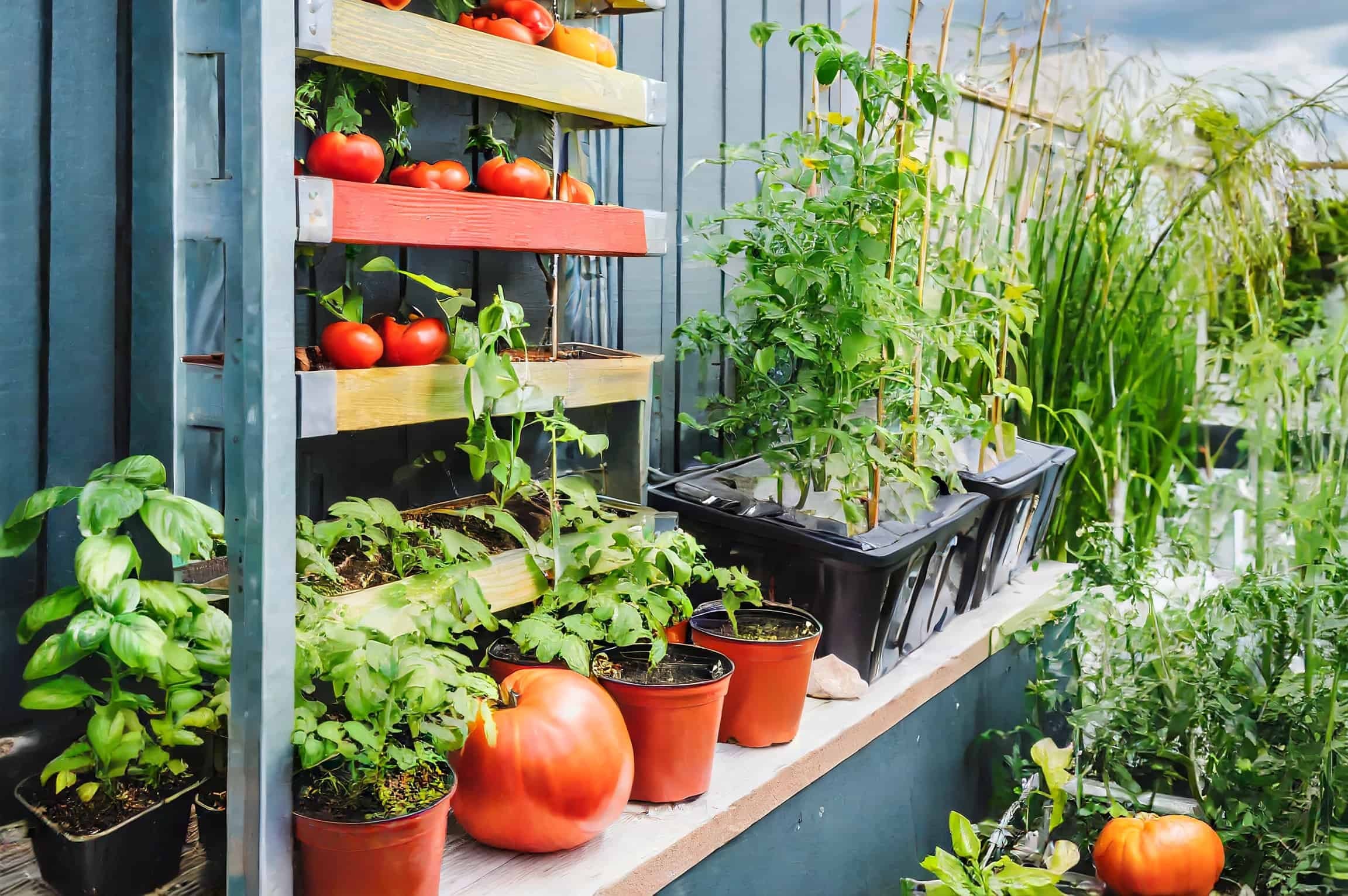Elevating Urban Life: The Positive Impacts Of Plant Containers

Green areas might frequently seem like a luxury only suburbanites can afford in the concrete jungle that is urban living. However, the rise of plant containers, whether on balconies, rooftops, or even indoors, has begun to revolutionize city living. These miniature gardens not only add aesthetic appeal but also bring a myriad of positive impacts, elevating the quality of urban life in numerous ways.
1. Improved Air Quality
In urban environments, air pollution is a constant concern, with high levels of harmful pollutants affecting respiratory health. Plant containers act as natural air purifiers, filtering out toxins and releasing oxygen into the atmosphere. Pollutants, including carbon dioxide, nitrogen dioxide, and volatile organic compounds (VOCs), are absorbed by plant foliage, which improves air quality and makes urban dwellers’ living conditions healthier.
2. Stress Reduction
Stress and anxiety levels might rise as a result of the hectic pace of city living, which can be detrimental to mental health. Plant containers offer a therapeutic escape, providing urban dwellers with a sanctuary amidst the chaos. The act of nurturing plants has been shown to reduce stress and promote relaxation, with the simple act of tending to greenery serving as a form of mindfulness meditation. The presence of plants in indoor and outdoor spaces creates a calming ambiance, allowing individuals to unwind and recharge amidst the urban hustle.
3. Enhanced Aesthetics
One of the most obvious benefits of plant containers is their ability to beautify urban landscapes. Whether adorning balconies, sidewalks, or public spaces, these miniature gardens add a splash of color and vibrancy to an otherwise concrete-dominated environment. From vibrant flowers to lush foliage, plant containers bring a touch of nature to urban settings, transforming drab spaces into inviting oases. The visual appeal of greenery not only uplifts the mood but also fosters a sense of pride and ownership among residents, contributing to a more attractive and livable cityscape.
4. Urban Biodiversity
Despite the density of urban areas, plant containers play a crucial role in promoting biodiversity. These tiny gardens sustain urban ecosystems and contribute to ecological balance by giving birds, insects, and other wildlife habitat and food supplies. Particularly native plants draw pollinators like butterflies and bees, which helps to maintain urban biodiversity. In addition, the inclusion of green spaces in urban areas improves the resilience of urban ecosystems as a whole, reducing the negative impacts of urbanization and climate change.
5. Community Engagement
Plant containers have the power to foster a sense of community among urban residents. Whether through community gardens, guerrilla gardening initiatives, or shared planters in public spaces, these green projects bring people together, forging connections and promoting social interaction. Collaborative gardening efforts not only beautify neighborhoods but also empower residents to take ownership of their surroundings and work towards common goals. By cultivating a sense of belonging and camaraderie, plant containers strengthen social ties and create a more cohesive urban fabric.
6. Food Security And Urban Agriculture
In addition to ornamental plants, plant containers also offer opportunities for urban agriculture and food production. Container gardens allow city dwellers to grow their own fruits, vegetables, and herbs, regardless of space limitations. From rooftop gardens to balcony farms, urban agriculture initiatives utilizing plant containers contribute to food security, local self-sufficiency, and sustainable living practices. By reconnecting urbanites with the food they consume, these green spaces promote healthier eating habits and reduce reliance on industrialized agriculture.
To sum up, plant containers have become an effective means of improving urban living, providing a host of advantages from better air quality to community involvement and urban agriculture. As cities continue to grow and evolve, integrating green spaces into urban landscapes will be essential for creating healthier, more sustainable, and livable environments for all residents. By harnessing the positive impacts of plant containers, we can elevate the quality of urban life and build greener, more resilient cities for future generations.











